
Platform ecology: How does China’s Internet governance affect TikTok’s content review and community management in its domestic market? © 2023 by Yining Sun is licensed under CC BY-NC-ND 4.0
Introduction
The Internet provides diverse access to information in today’s digitized world. The use of media platforms permeates people’s lives, facilitating social and cultural exchanges. TikTok, a short-form video platform from China, has been expanding and spreading globally at a rapid pace. According to Mohsin (2020, as cited in Ma and Hu, 2021), more than 800 million people use TikTok each month, which has been launched in 155 countries and regions and 75 languages. Due to the Chinese government’s regulation of the Internet market, the local version of TikTok has its own operating system. The community management and content review policies are the two areas with the most obvious variations.
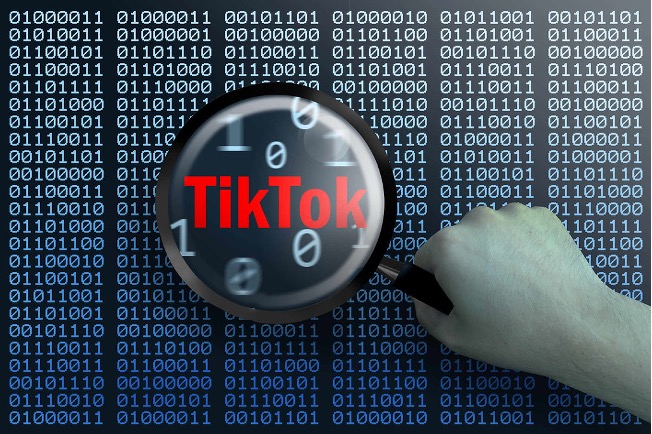
The Birth of TikTok
In September 2016, ByteDance released the Chinese-language app Douyin, also known as TikTok, positioning it as a community for young Chinese people who enjoy short music videos (Ma and Hu, 2021). Users can browse video content directly after opening the app, which is usually promoted to users through big data analysis in the background. While browsing videos, users can choose to like, favorite, comment, or retweet, thus increasing interactivity.

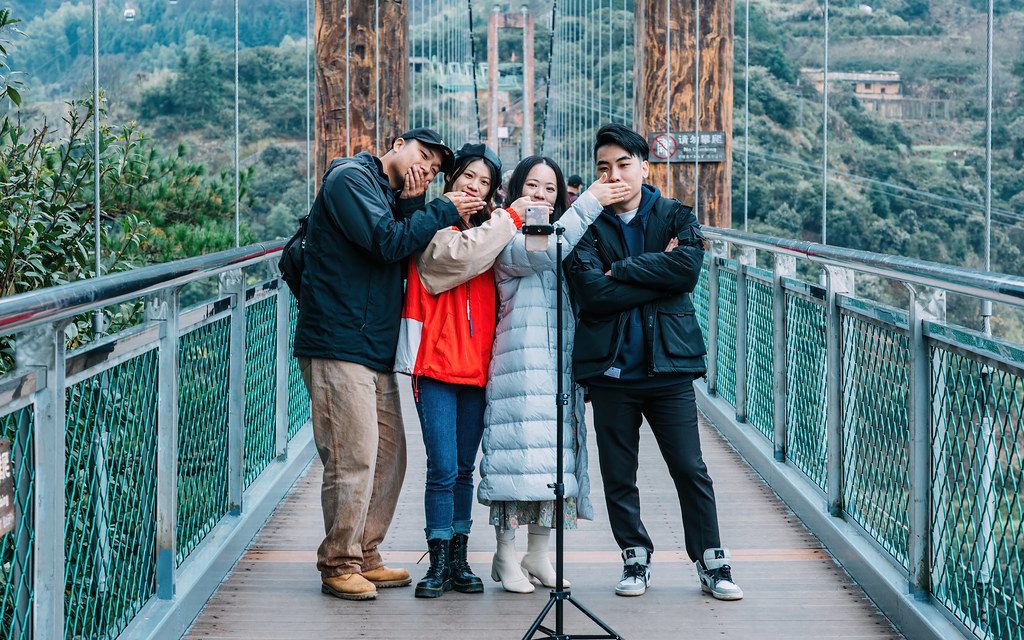
Three crucial algorithms, including a recommendation algorithm, a content categorization system, and a user profile algorithm, are used by TikTok to decide which films it provides to each user (C. Wang, 2020, as cited in Gray, 2021). The operation of recommendation algorithms is manifested in the analysis of user behavior, such as search keywords, in order to understand the interests of each user. The research for content categorization and user profile algorithms builds on the categorization of video content within the TikTok platform, and basic information about the user, such as age, school, or location.
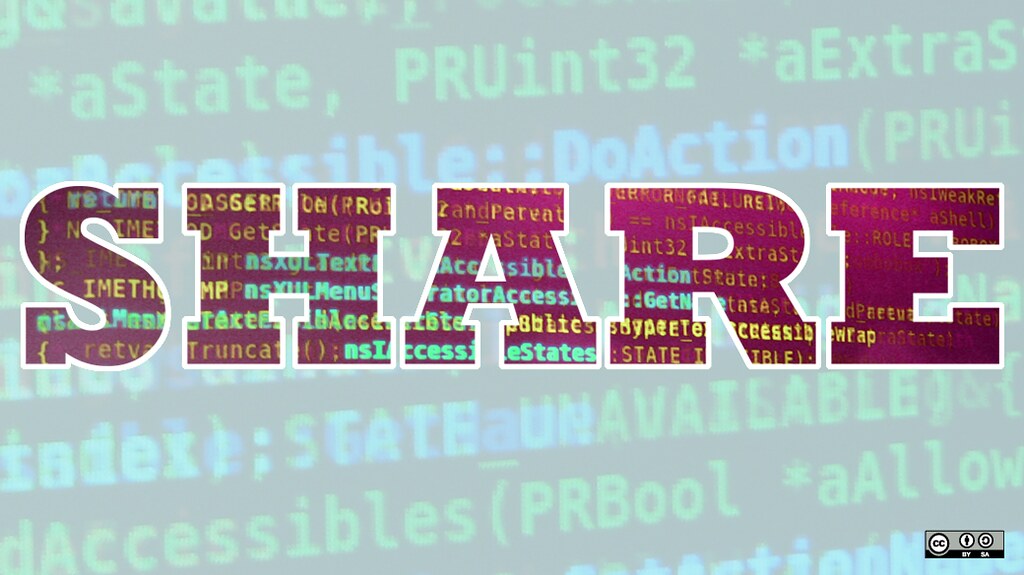
Moreover, technical details about the device, including the Internet Protocol (IP) address, client agent, phone carrier, time region settings, model, network type, device identification numbers, etc., will be saved to serve as references for advertisers and to enhance user data in the TikTok database (Su & Tang, 2023).
State of the Internet Environment in China
Let’s explore China’s strategy regarding internet regulation before looking at TikTok’s content screening and community management tactics. China has been attempting to strike a balance between “opening up” to the West and separating its people from Western ideas, since 1979 when Deng Xiaoping introduced the Open Door Policy (pingp, 2011).
The Chinese government has set up a number of complex systems that regulate what occurs online, despite the fact that there haven’t been many official statements regarding the filtering techniques. As a socialist country, China’s Internet governance focuses on censorship of information to avoid the negative impact of sensitive topics, pornographic content, and fraudulent information on network security and social order. In addition to focusing on ensuring the public interest and moral principles are protected, this governance method emphasizes the logical use of Internet resources through complex regulation.
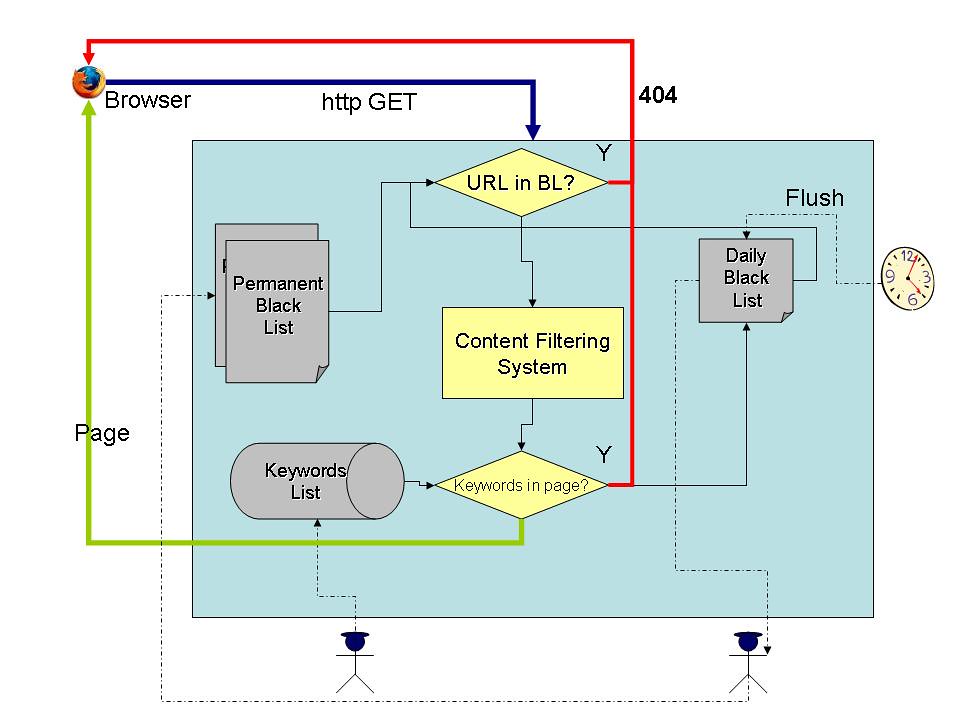
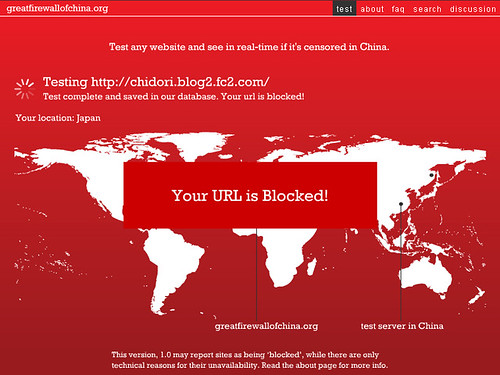
According to Dong (2012, as cited in Yang & Mueller, 2014), government, service providers, content suppliers, webmasters, and individual users are the five levels at which internet regulation in China is applied. One particularly compelling policy is the 2003 Golden Shield (Jin Dun in Chinese) project, which is also known as the “Great Firewall” in Western countries (Fallows, 2008, as cited in Yang & Mueller, 2014). This illustrates the government’s desire to control the influx of information from overseas through policies that filter and restrict to ensure that the Internet environment is consistent with laws and political guidelines.
Commercialization and Politicization
Video content uploaded by users on TikTok can be broadly categorized into two types, entertainment videos and commercial videos. Entertainment videos usually contain amusing or creative content. The posters of such videos are usually ordinary users aiming to document and share their lives. On the contrary, commercial videos are usually created by a marketing team behind the scenes for bloggers, that is, users who have a certain number of followers. These bloggers will insert advertisements in the middle of the video for brand promotion purposes. The precision of delivering these commercial videos to each user is made possible through algorithm-driven insights into user preferences and needs.
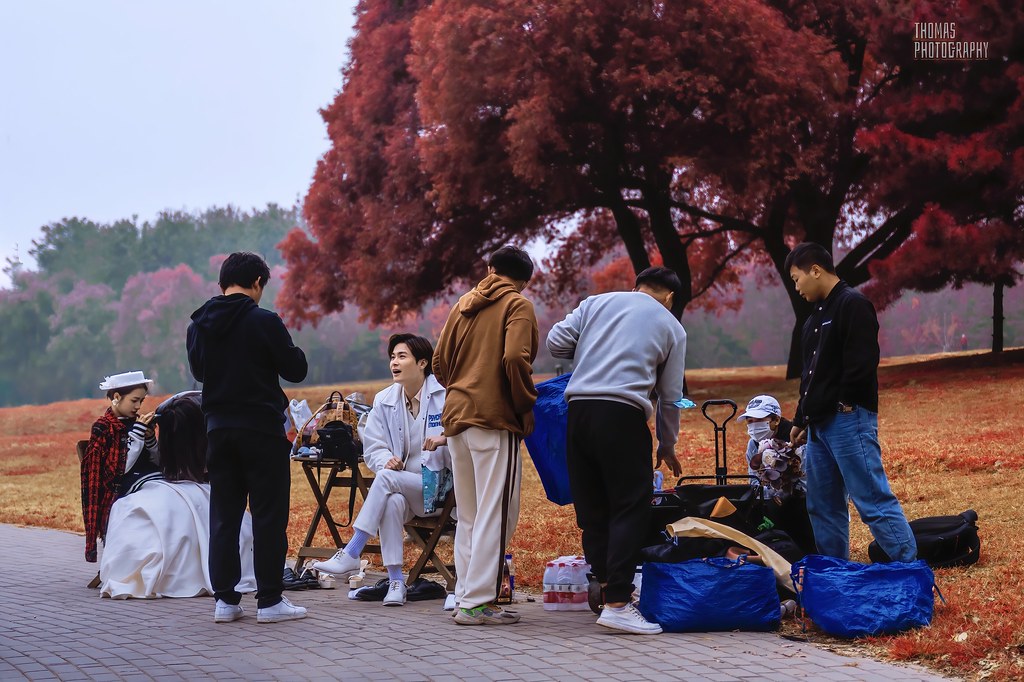
In digital communication, the social ideology and values pursued by a country or region determine how social platforms conduct content audits. In contrast to disagreements in Europe and America about the connections between the infrastructuralization of platforms and retreating governments, the Chinese government hopes that the use of digital platforms will contribute to the “great rejuvenation of the Chinese nation,” which is expressed in an aspiration of “cultural empowerment” in its “Internet Plus” agenda (Keane, 2016; Keane and Wu, 2018, as cited in Zhang, 2020). Therefore, publicly making radical political statements, wearing revealing footage, disinformation, and rumormongering are the areas of greatest concern for the review.
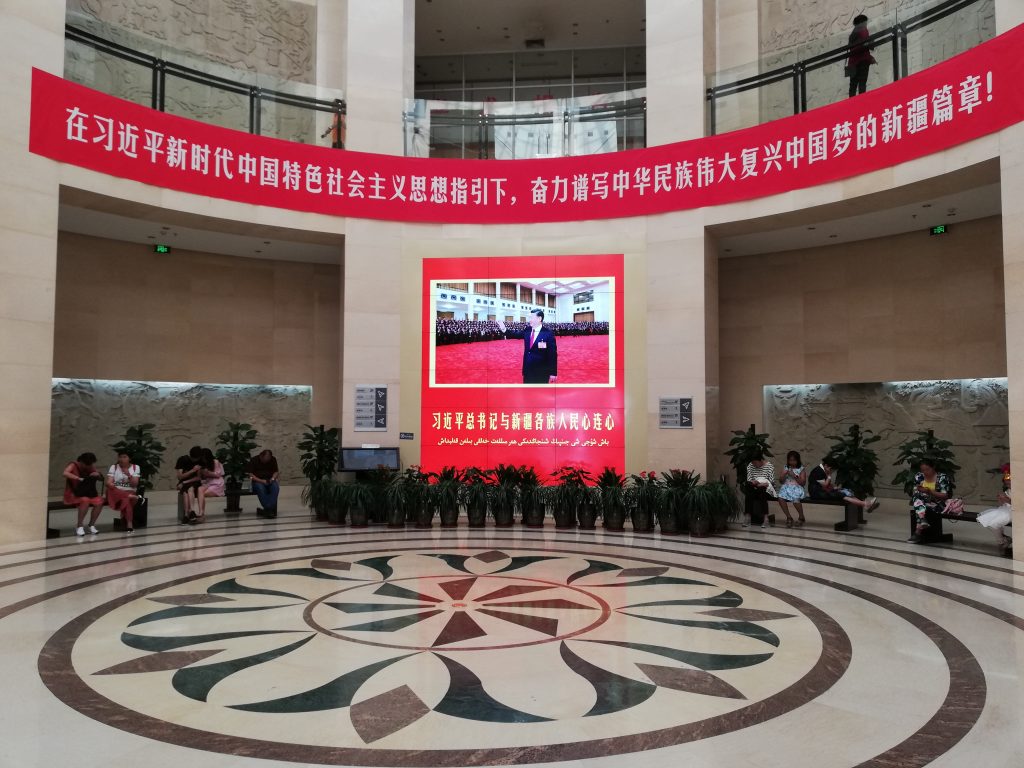

In order to further integrate the propagated cultural ideas into people’s lives, the government has set up multiple official media accounts on TikTok, which not only include national-level organizations such as the Ministry of Foreign Affairs but also extend to local departments such as the Police Department. In addition, Local Tourism and Culture Bureaus also collaborate with bloggers in their respective fields, typically food bloggers or travel bloggers, to publicize local cuisines, traditional cultures, and tourist attractions. This is using the “celebrity effect” to promote the local economy. So, in order to keep up with the changing times, the government also needs to use popular social media platforms to help it achieve its goals of message dissemination, cultural promotion, and economic improvement.
Content Review Tools – Computer vs. Manual
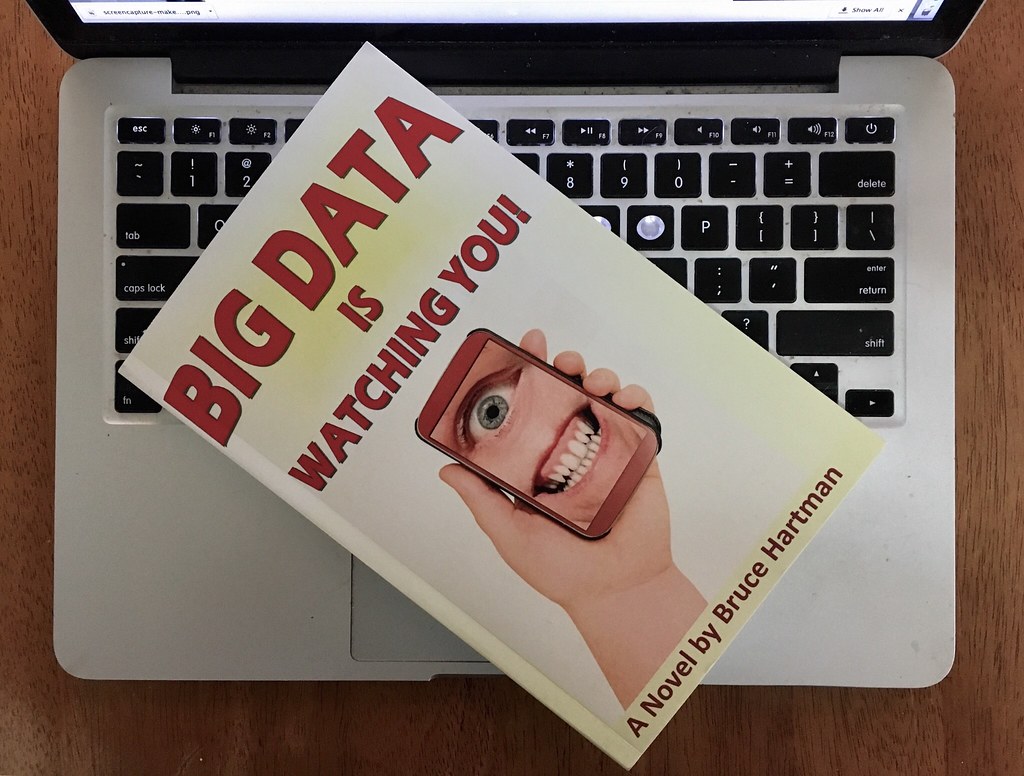
TikTok typically uses computerized tools to do most of the review of user-uploaded content, such as “skin filters” to assess if a significant percentage of an image or video contains naked flesh (Roberts, 2019), and automatic recognition of sensitive texts. Although machine review is characterized by high efficiency, it cannot completely replace manual review. Machine algorithms can’t judge some content alone, such as special expressions of language, and long texts that need to be understood in context or involve current affairs and politics. Due to the uniqueness of the Chinese language system, the semantics of words can be expressed in many ways. As a result, users may use “alternative words” to avoid detection of sensitive words by the system to ensure that their videos can be published without restriction.
Maintaining community harmony
Meanwhile, TikTok has opened up the reporting option for users. Users can report content they deem inappropriate, including user accounts, comments, and video content, and TikTok encourages users to provide detailed descriptions of the content they are reporting, which can improve the efficiency of the reporting process. The results of the review of the report will also be communicated to the user through an in-app notification. The user reporting mechanism is an important feature that engages users and contributes to the monitoring of the platform.

Roberts (2019) mentions that through deliberate promotion, amplification, and prioritization of the exposure of content deemed to be more relevant and suitable, platforms can now efficiently manage user-generated content without resorting to deletion. TikTok pursues to minimize harm to the user experience in terms of maintaining community norms and self-regulation.
Conclusion
In the digital age, content review and community management are critical to shaping an active and positive platform ecosystem. While TikTok uses high-tech computerized review tools and algorithms to promote its content, it still relies on human judgment when dealing with complex situations. TikTok is more than just a short-form video platform in China since the content review and community management behind it are heavily regulated and manipulated by the Chinese government.
Reference list
Gray, J. E. (2021). The geopolitics of “platforms”: the TikTok challenge. Internet Policy Review, 10(2). https://policyreview.info/articles/analysis/geopolitics-platforms-tiktok-challenge
Ma, Y., & Hu, Y. (2021). Business Model Innovation and Experimentation in Transforming Economies: ByteDance and TikTok. Management and Organization Review, 17(2), 1–7. https://doi.org/10.1017/mor.2020.69
pingp. (2011). The Great Firewall of China: Background Torfox. Stanford.edu. https://cs.stanford.edu/people/eroberts/cs181/projects/2010-11/FreedomOfInformationChina/the-great-firewall-of-china-background/index.html
Roberts, S. T. (2019). Understanding Commercial Content Moderation. In Behind the Screen : Content Moderation in the Shadows of Social Media (pp. 33–72). Yale University Press.
Su, C., & Tang, W. (2023). Data sovereignty and platform neutrality – A comparative study on tiktok’s data policy. Global Media and China, 8(1), 205943642311543. https://doi.org/10.1177/20594364231154340
Yang, F., & Mueller, M. L. (2014). Internet governance in China: a content analysis. Chinese Journal of Communication, 7(4), 446–465. https://doi.org/10.1080/17544750.2014.936954
Zeng, J., & Kaye, D. Bondy V. (2022). From content moderation to visibility moderation: A case study of platform governance on TikTok. Policy & Internet, 14(1). https://doi.org/10.1002/poi3.287
Zhang, Z. (2020). Infrastructuralization of Tik Tok: transformation, Power relationships, and Platformization of Video Entertainment in China. Media, Culture & Society, 43(2), 219–236. https://doi.org/10.1177/0163443720939452
Proudly powered by WordPress
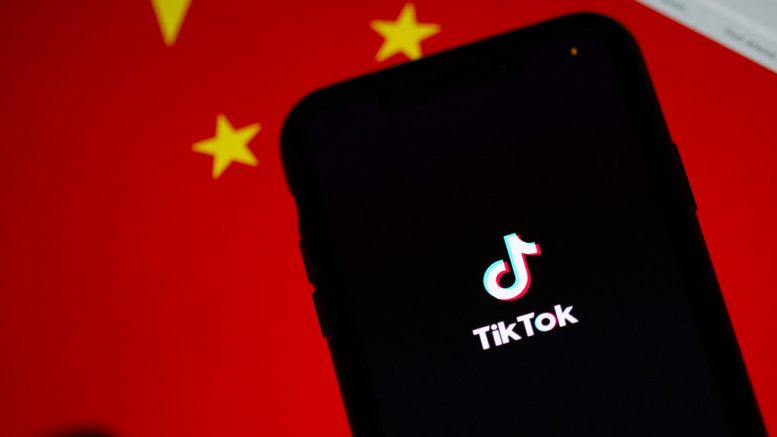


Be the first to comment on "Platform ecology: How does China’s Internet governance affect TikTok’s content review and community management in its domestic market?"